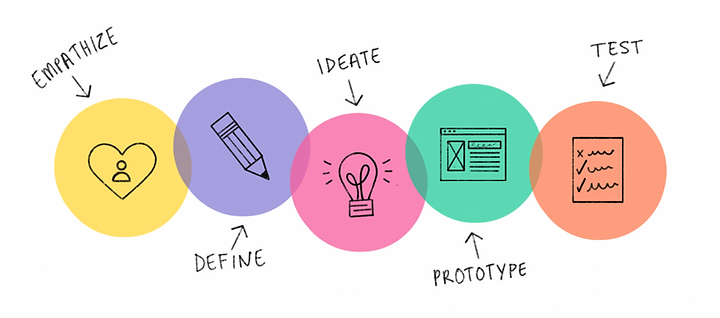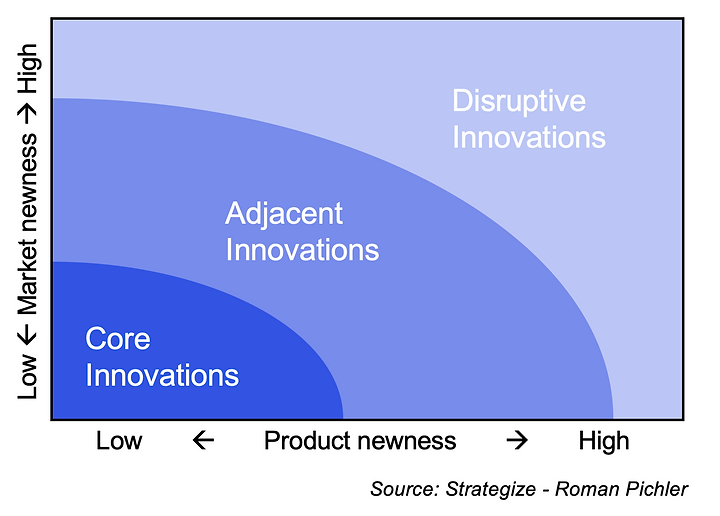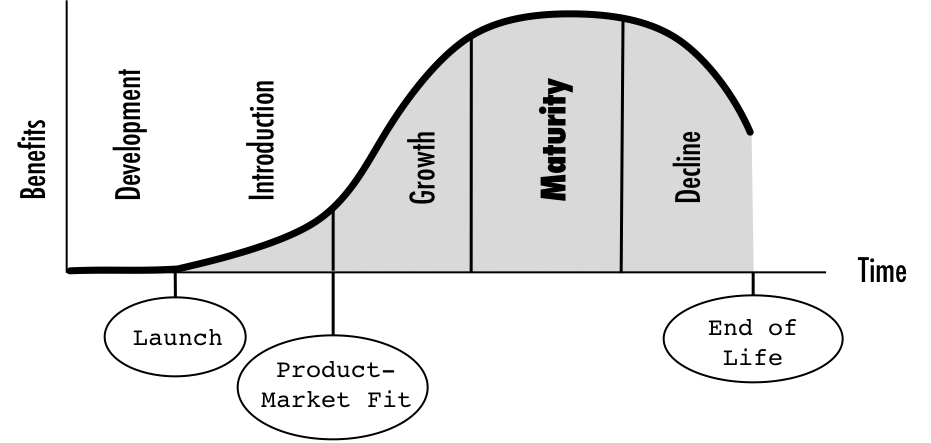By Vincent Loiseau.
After introducing you to the Design Thinking approach, we share with you how a Design Thinking approach can be used for product management.

The person in charge of a product is constantly making assumptions about the market for his product and the innovations he must propose. How can these assumptions be removed as quickly as possible at a lower cost? A Design Thinking approach adds a string to the product manager’s bow by allowing him to answer some of these assumptions. In what context should a Design Thinking approach be used?

The innovations brought by a software product can be grouped into 3 categories:
The great advantage of the Design Thinking approach is that it allows you to quickly remove assumptions about the positioning of the product and the interest that new customers have in the capabilities offered by this product. The faster we remove these assumptions, the faster we realize that we are potentially on the wrong track.
While it is imperative to adopt a “Design Thinking” approach when the company launches into disruptive innovations, the benefit is less for “Core” type innovations.
It is also important to evaluate the interest of implementing a Design Thinking approach according to the maturity of the product in its life cycle.

During this phase, the contribution of a Design Thinking approach is very important to quickly identify what is feasible in the product, what brings the most benefits to future users and what is economically viable. The main advantage of such an approach in this phase is the creation of a quick feedback loop with the future users.
The objective of this phase is to reach PMF, “Product Market Fit” as quickly as possible to enter the growth phase. For this, one of the key steps is the ability of the product team to improve the user experience. It is therefore strongly recommended to continue to invest heavily in a Design Thinking approach.
The objective of this phase is to penetrate the market and push the competition. For this, the product team must keep the product attractive and adapt it. Innovations are less numerous and less disruptive in this phase. The Design Thinking approach is still used but its interest decreases.
The objective of this phase is to breathe new life into the product in order to regain some growth. One way to do this is to make the product available in another market. Another would be to package the product with another product or service. In both of these cases, a Design Thinking approach can be useful to better identify the target market or the appropriate target service, but this remains marginal.
The objective of this phase is to reduce the cost to keep a product profitable as long as possible. Investments are reduced to the maximum and the contribution of a Design Thinking approach is no longer recommended.